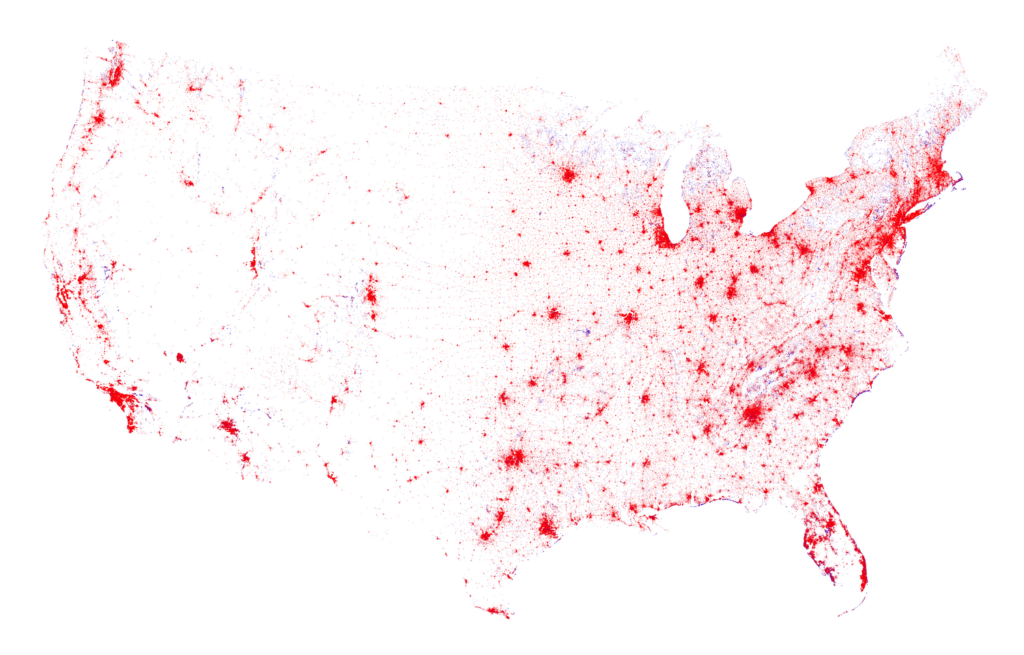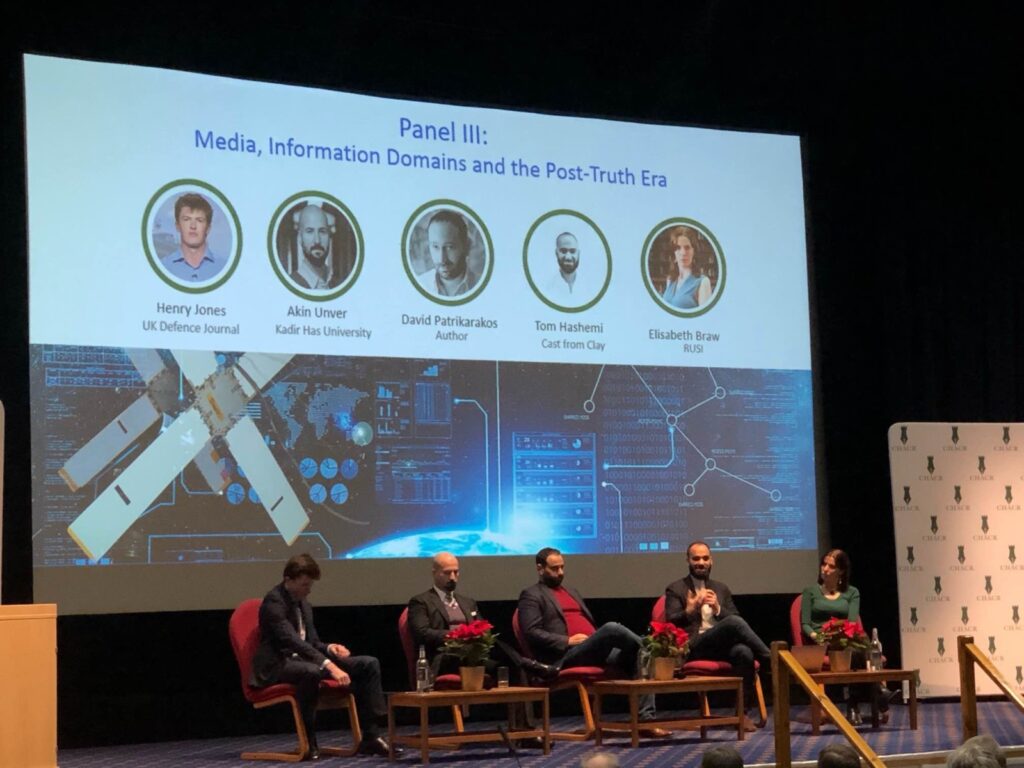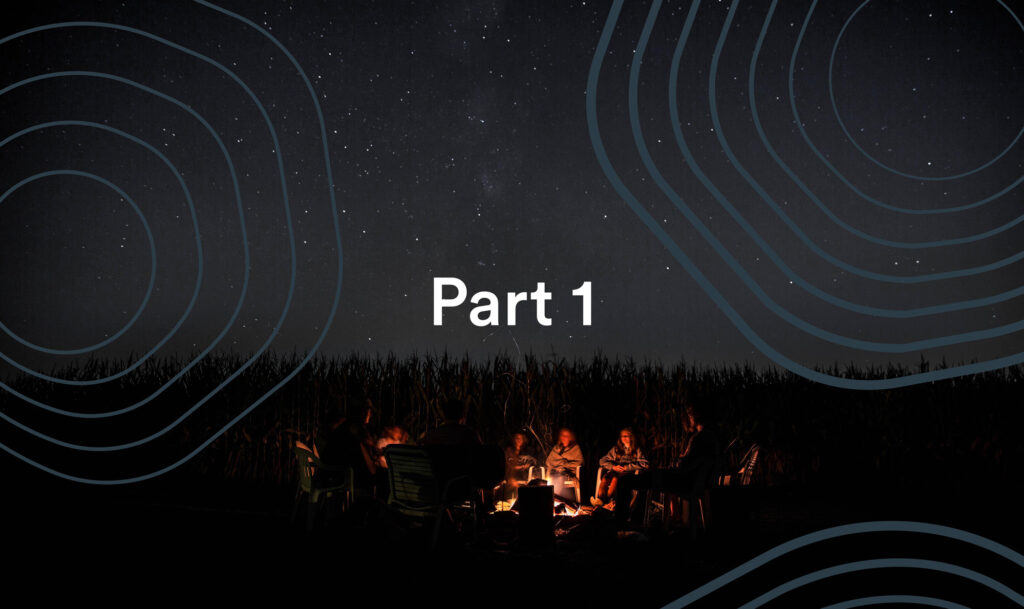The Growth of Data
You may be familiar with one of these networks: the ‘Internet of Things’ (IoT).
The latest upgrade to the Internet (IPv6) has allowed us to create many more unique device addresses than previously possible. With these new addresses, we can connect more than just our mobile phones or computers. We can connect our cars, our water smart meters, our ‘things’ to the Internet. This means all of these devices can now communicate with other devices.
Cars could order a part that needs replacing to your local garage, book you an appointment and tell you when to drop it off. Even better, your driverless car will deliver itself in the middle of the night for the upgrade so you don’t have to do a thing.
Or maybe your water smart meter realises that your water supply is being affected by something. Your water supplier is notified automatically and sends out an engineer (one hopes) before the blockage cuts your supply completely.
The uses are endless and, more interestingly to us, the data such devices produce is equally endless. It allows us to become proactive rather than reactive marketers.
Vince Samios sees the data that the IoT could provide as a godsend.
“In the past, adverts were broadcast to everyone hoping to interrupt the right customer at the right time, but these days marketing is highly targeted. As the IoT develops, this targeting will become even more specific allowing marketers to respond to a need before the consumer even realises they have a need.”
This story comes to mind: based on purchasing behaviour, US retailer Target knew a teenage girl was pregnant before her family did. Impressed or scared (or both)?
Big Money Data
But we don’t need to wait for the IoT to fully kick in to experience the Big Data revolution: it’s already here.
We can look to cross-channel media monitoring tools to tell us what people are saying on social media, traditional media, broadcast media or all three about a brand, a topic, an advert, an emotion, a website, a logo. Or we can look at search engine data to see what people are searching for, when they are searching for it, and we can target our sales efforts based on that.
E-commerce managers have an altogether different set of Big Data at their hands. They know who we are, what we bought, when we bought it, and what else we looked at amongst a whole host of other things. And, if they’re signed up to a data-sharing network, such as the Abacus Alliance, then they are sharing that information with hundreds of other retailers.
The 500 members of Abacus share the spending and transactional habits of over 26 million individuals, accounting for a total spend of £20 billion. That’s Big Money Data.
We Need the Right Kind of Data
But there are limits to it. Emma Hamilton, e-commerce manager at luxury retailer Tom Dixon, explains:
“While Abacus helps you build a better idea of your customer’s spending, it only does so in the context of their spending at other companies in the network. If you’re a luxury product company, that data may not present a fair picture of how our customers are going to shop – luxury is different to white goods, which is different to electronics”.
And this is where we start to get to the crux of the matter: the point of Big Data is not the data. Data is boring. Data is just rows and columns of characters. That is not actionable.
What we need is not more Big Data but Big Analytics.
But even when we possess those analytical capabilities, which are beginning to permeate the market, Small Data still has potency. Abacus may fail at providing you with information on your product type, so why not return to your traditional research methods?
As Zoe Robson, Digital & Innovation Lead at investment company Architas, explains:
“We have access to a whole host of Big Data that helps us improve the customer journey and increase revenue at Architas, but this is no substitute for sitting down with people and asking what they think, how they feel about something and what they would change. Listening to an emotional reaction and watching body language gives us as much (arguably more so) valuable data that can’t be replicated by a machine. Not yet usefully at any rate.”
In a world that creates the same amount of data in 2 days than it did for the several millennia predating those 2 days, the challenge is no longer the data sourcing. The challenge is to source the right data for the problem.
The challenge is to have the right data, Big or Small, and to have the right brains in the room to analyse it.
Image credit: Eric Fischer on flickr





